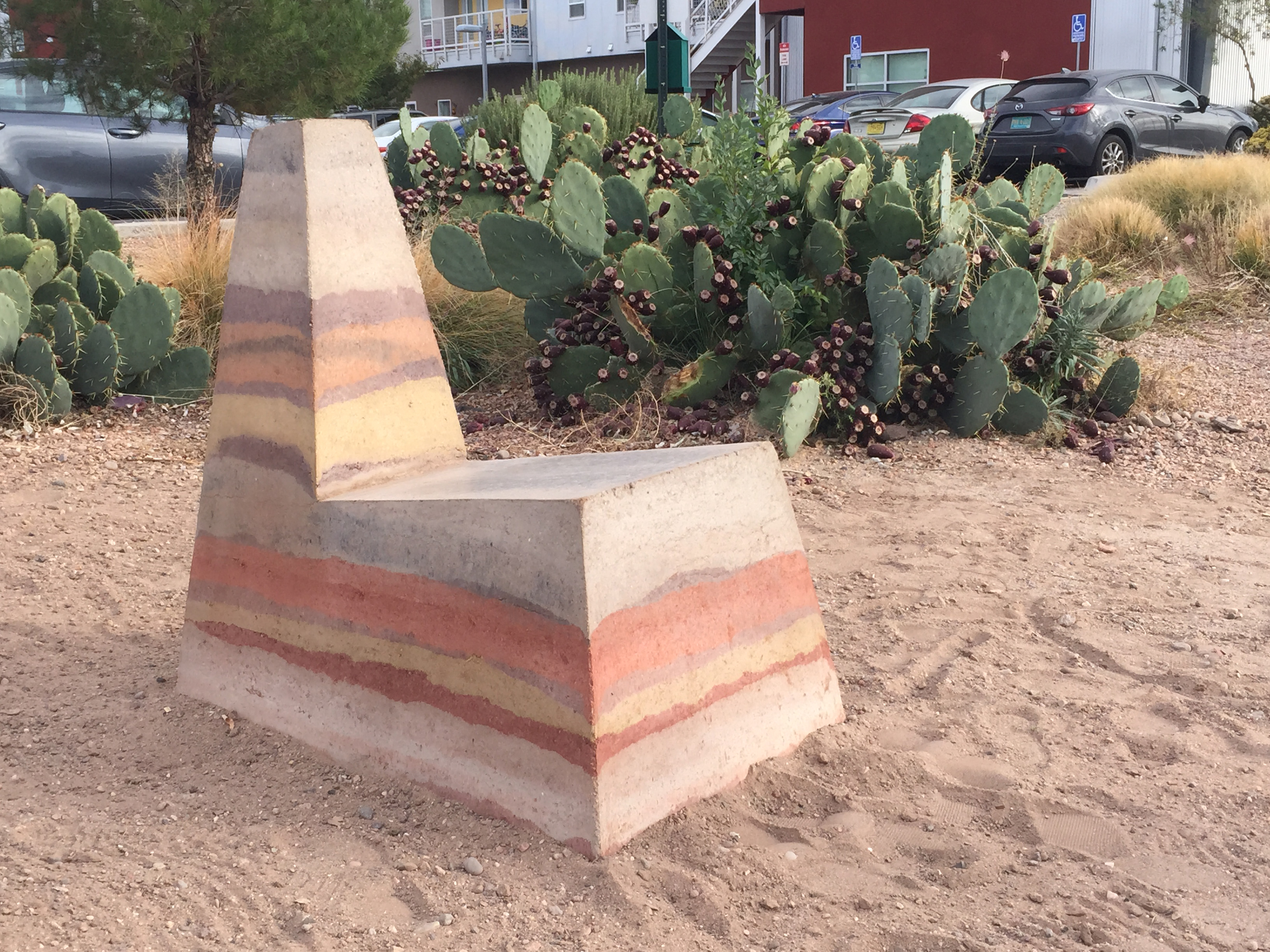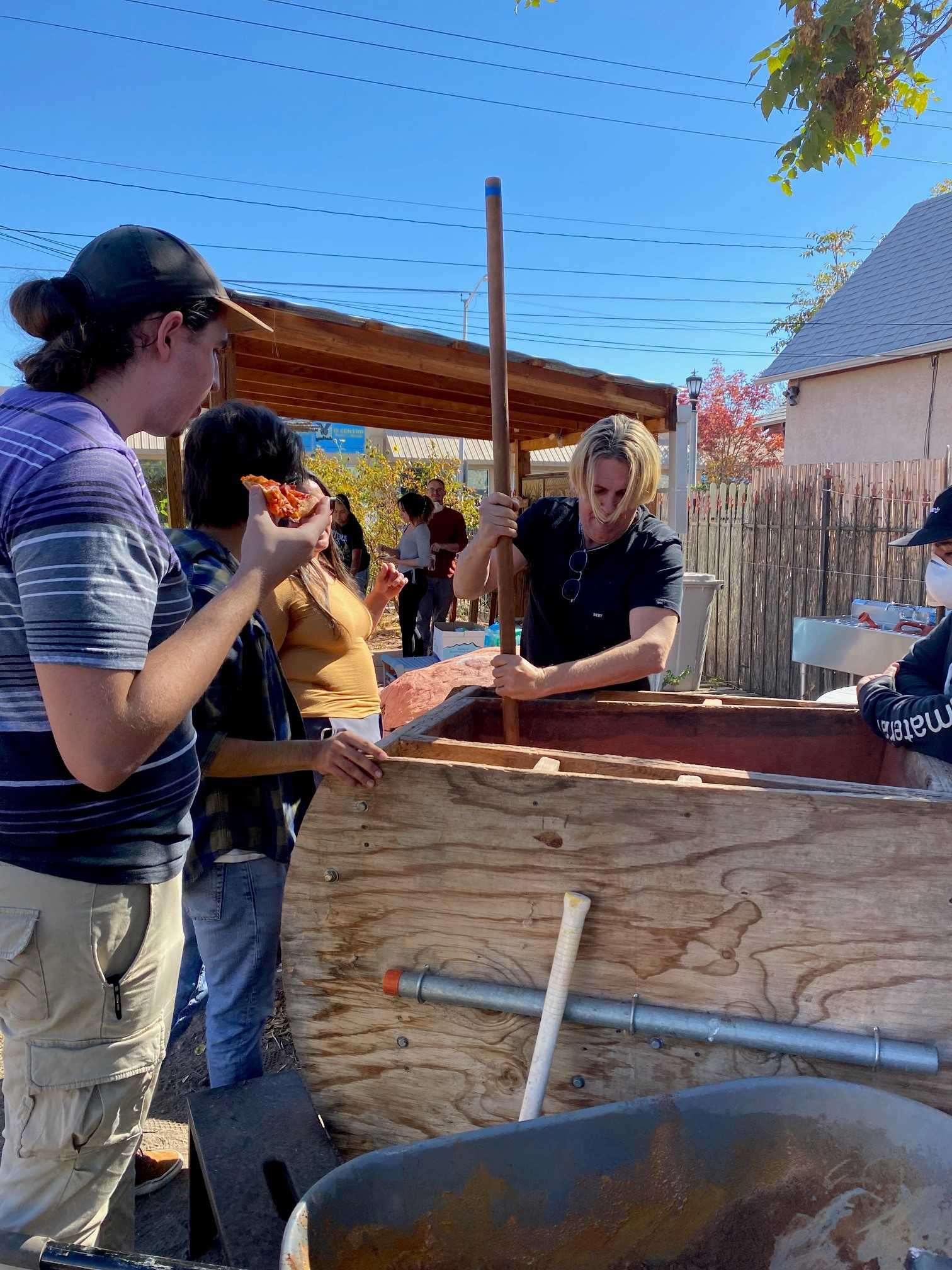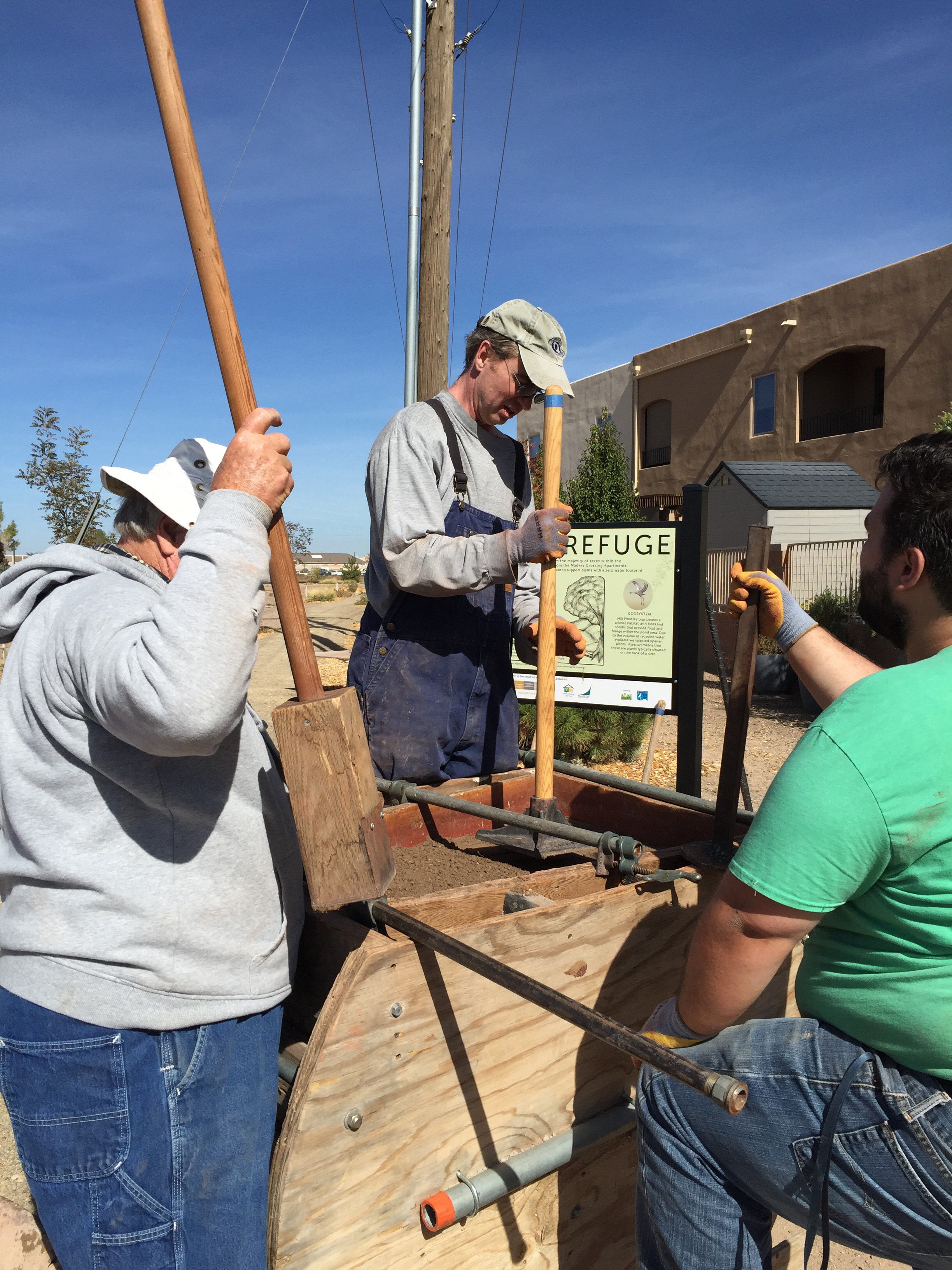On-Demand
Earn CEUs: $45 Add to Cart
Select this option if you would like to earn CEUs from this webinar. This may involve a quiz at the end of the webinar. You will not be allowed to fast-forward.
Webinar Only: $35 Add to Cart
Select this option if you would like to watch the webinar and not obtain CEUs.
Webinar Description:
This seminar exposition relates to a project we have been doing in my Alternative Materials and Construction course at the School of Architecture and Planning at the University of New Mexico. The course analyzes regional materials, such as earth as viable means to develop a contemporary form of architecture while borrowing vernacular elements and passive solar methodologies to be integrated into the design. This specific task or activity takes a rammed earth mold, design by a colleague architect and friend, Eric Haskins who has been an important part to this activity.


Learning Objectives:
1. Understanding the use of earth as a viable and sustainable material.
2. Learning how to work in and with community.
3. Design or integrate an element (rammed earth chair) to form a place of repose.

Francisco Uviña
Francisco Uviña-Contreras received his Master of Architecture and Masters Certificate in Preservation and Regionalism in 2009 from the University of New Mexico, where he graduated with distinction. Francisco worked for Cornerstones Community Partnerships, a not-for-profit organization, from 1994 to 2008 to assist with field assessments, documentation of historic buildings, adaptive reuse design, and new design work utilizing traditional building methods as the Architectural/Technical Manager. He was involved in many Indigenous community projects, including the most important Missions in New Mexico. Among the most important were the San Esteban del Rey Mission in Acoma Pueblo, the Nuestra Señora de Guadalupe Mission in Zuni Pueblo, and is currently assisting with some of the historic adobe housing at Santo Domingo Pueblo. Francisco is the co-author and illustrator of Cornerstones’ Adobe Architecture, A Conservation Handbook. Francisco is currently an Assistant Professor and was the former Director of the Historic Preservation and Regionalism Graduate Certificate Program at the School of Architecture and Planning at the University of New Mexico. He is also the coordinator for the Patrimonio Histórico+Cultural Iberoamericano (PHI) in the United States and a member of the Scientific Committee for the Traditional Architecture Journal in Madrid, Spain. He is also a member of the PROTERRA group in Iberoamerica. Francisco has been involved in many Indigenous community projects; the most recent consultation is in the historic adobe housing at Santo Domingo Pueblo.


